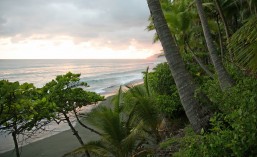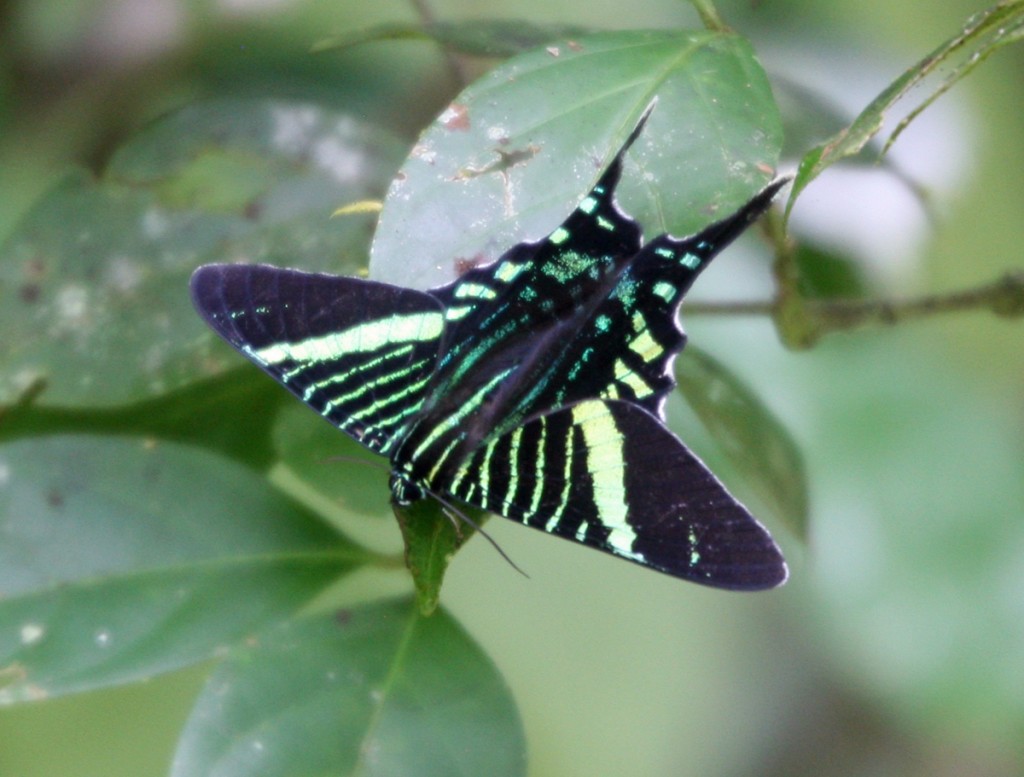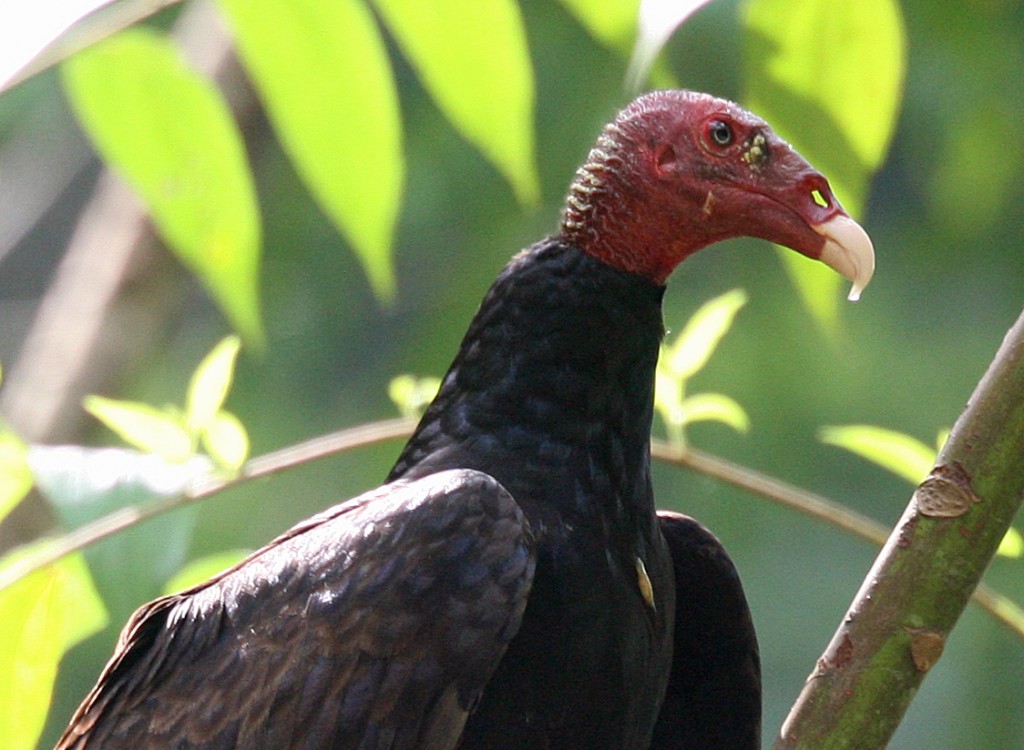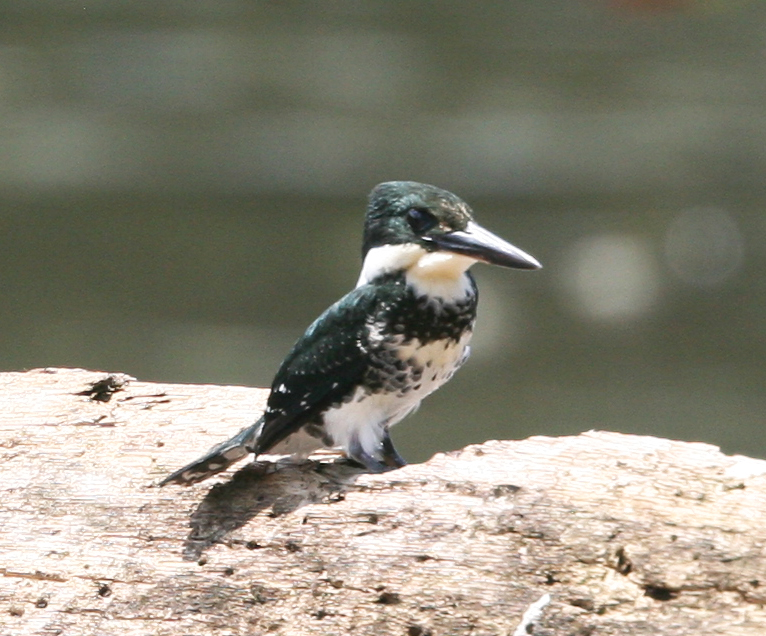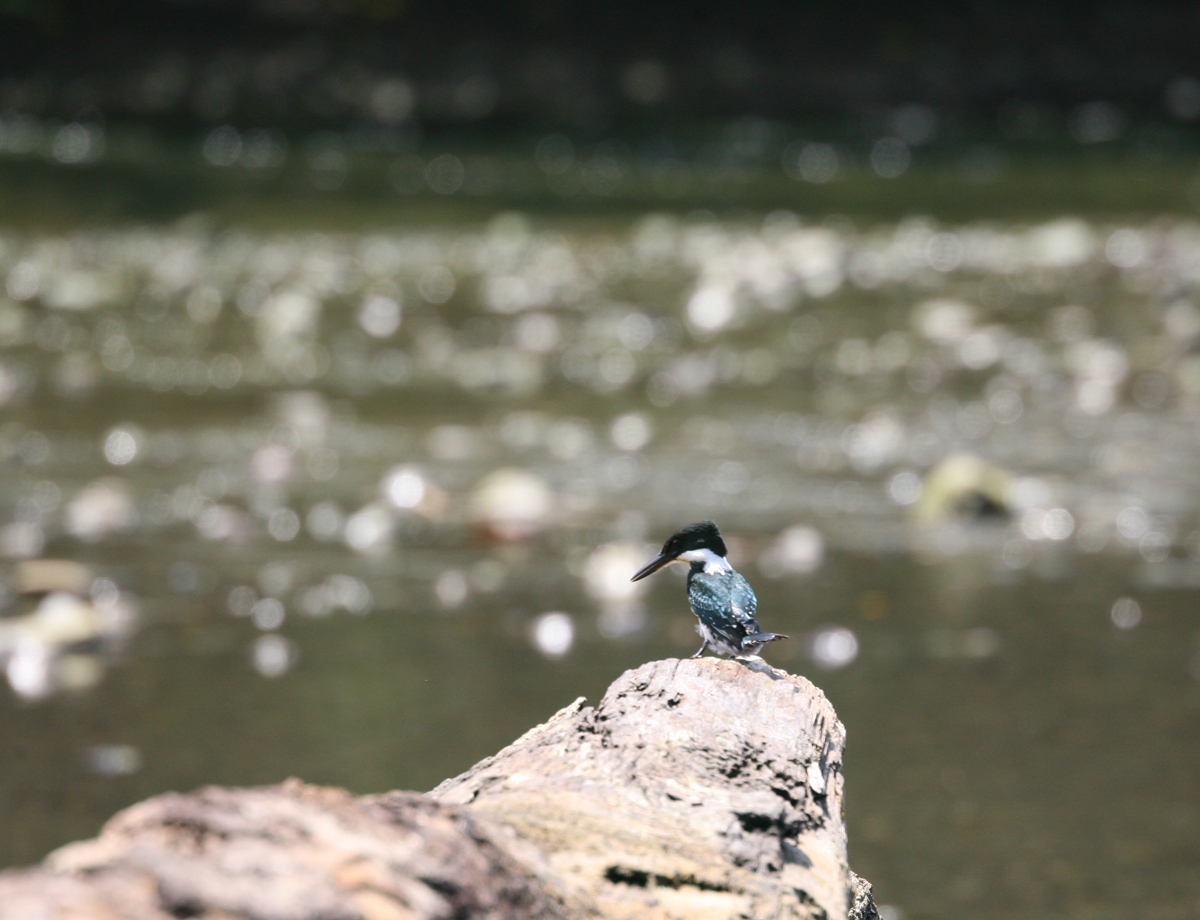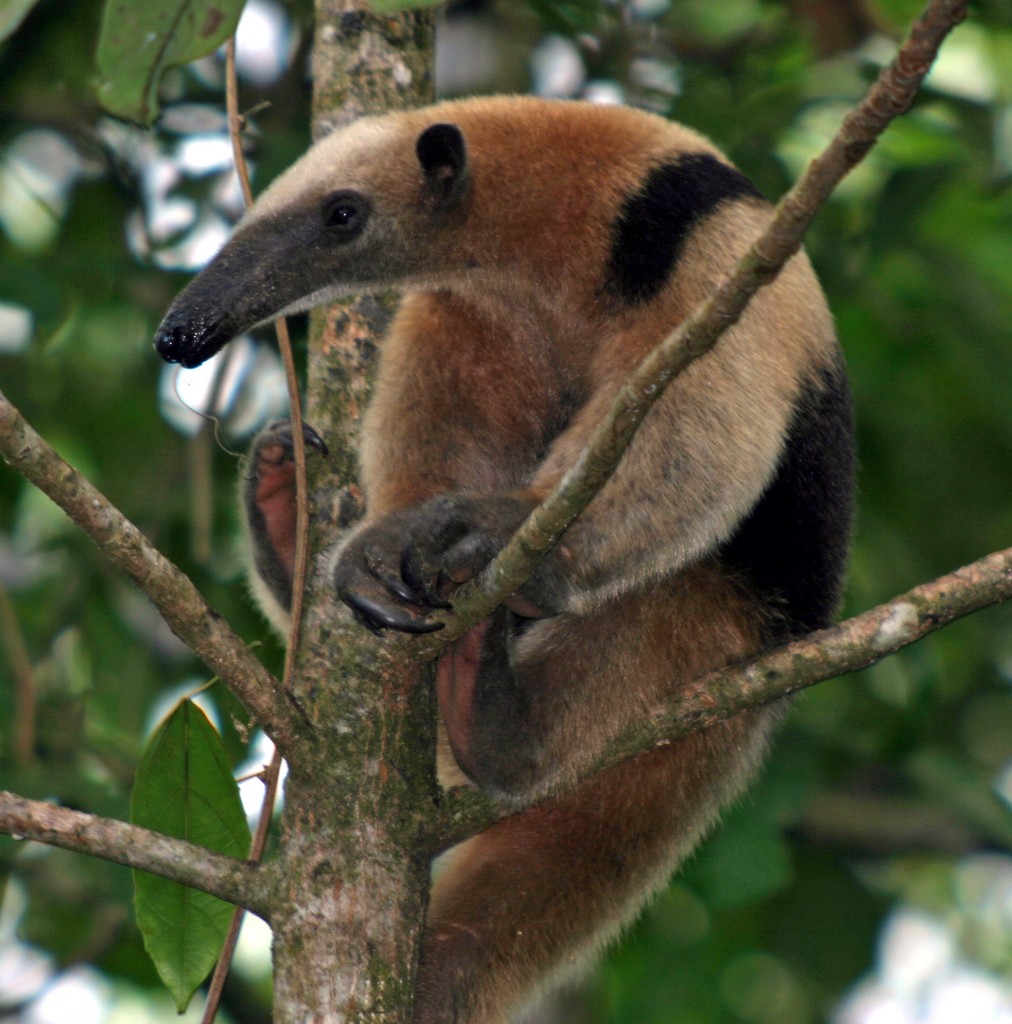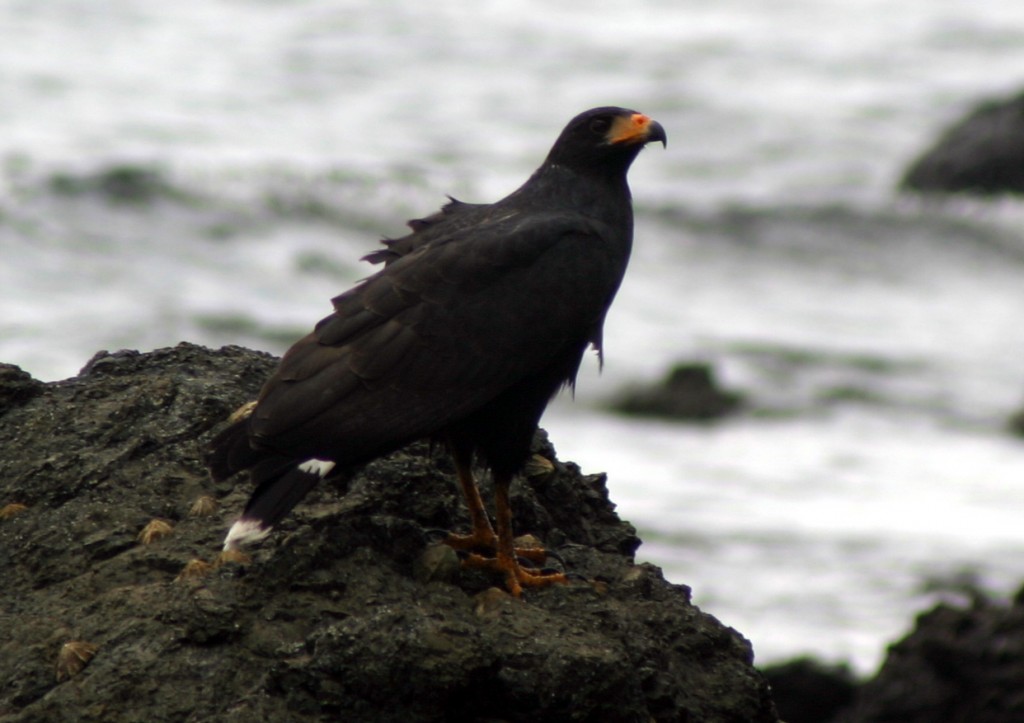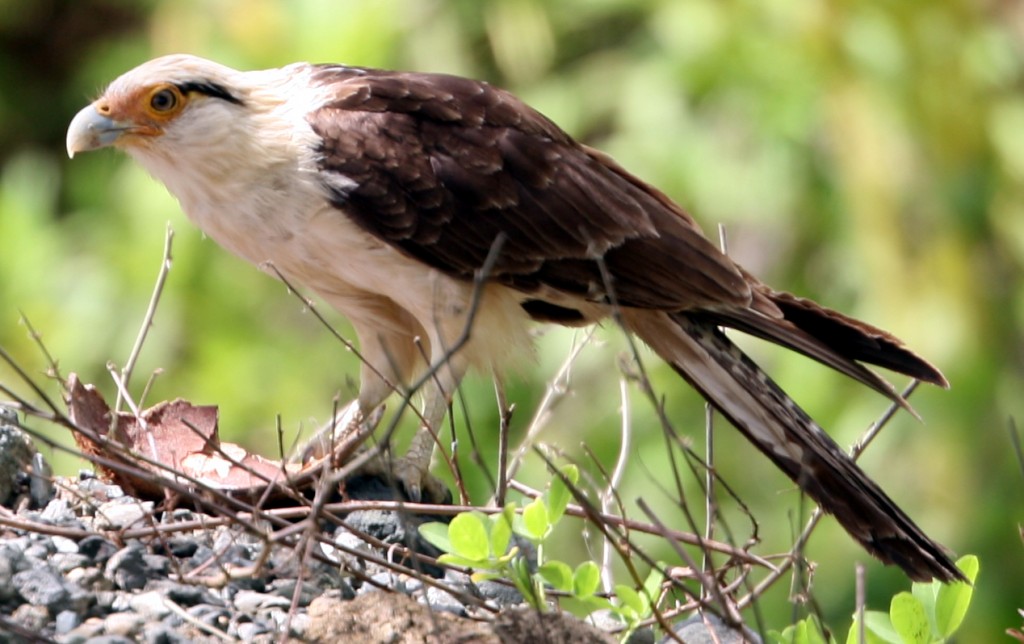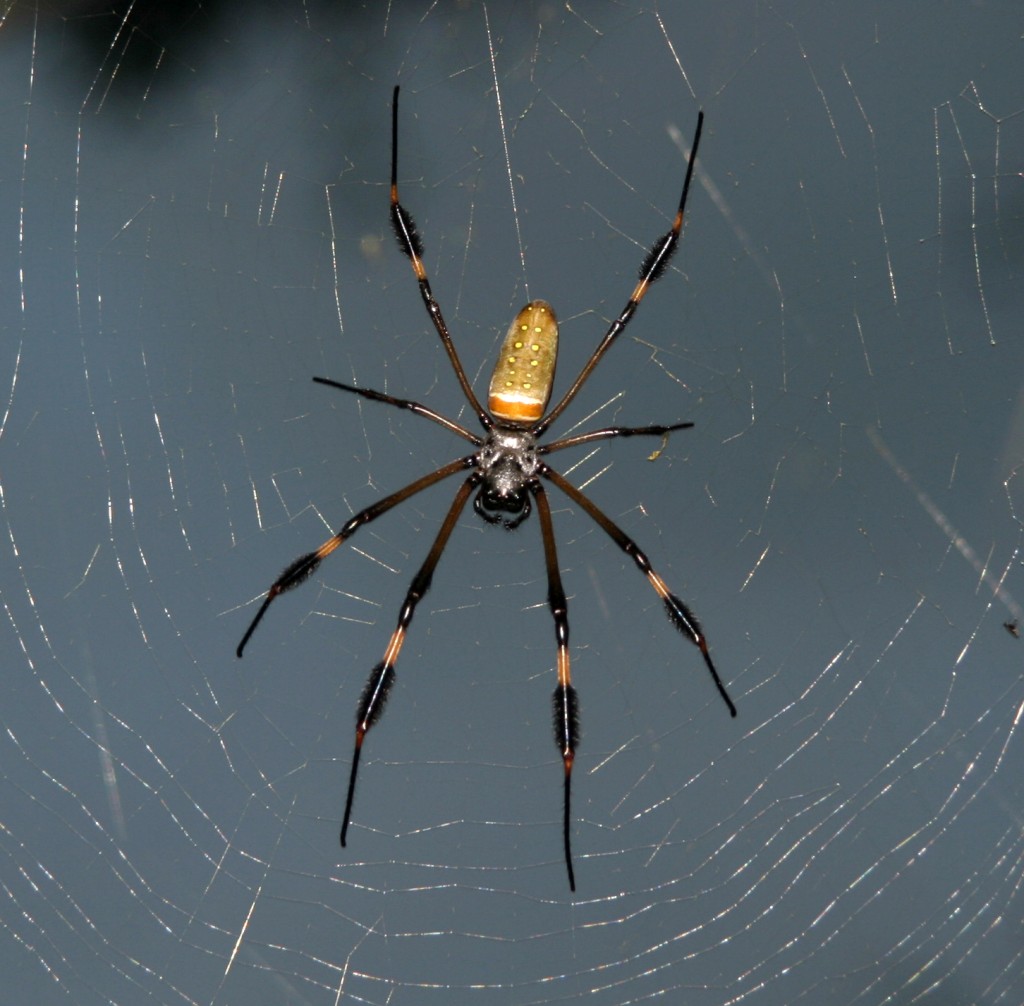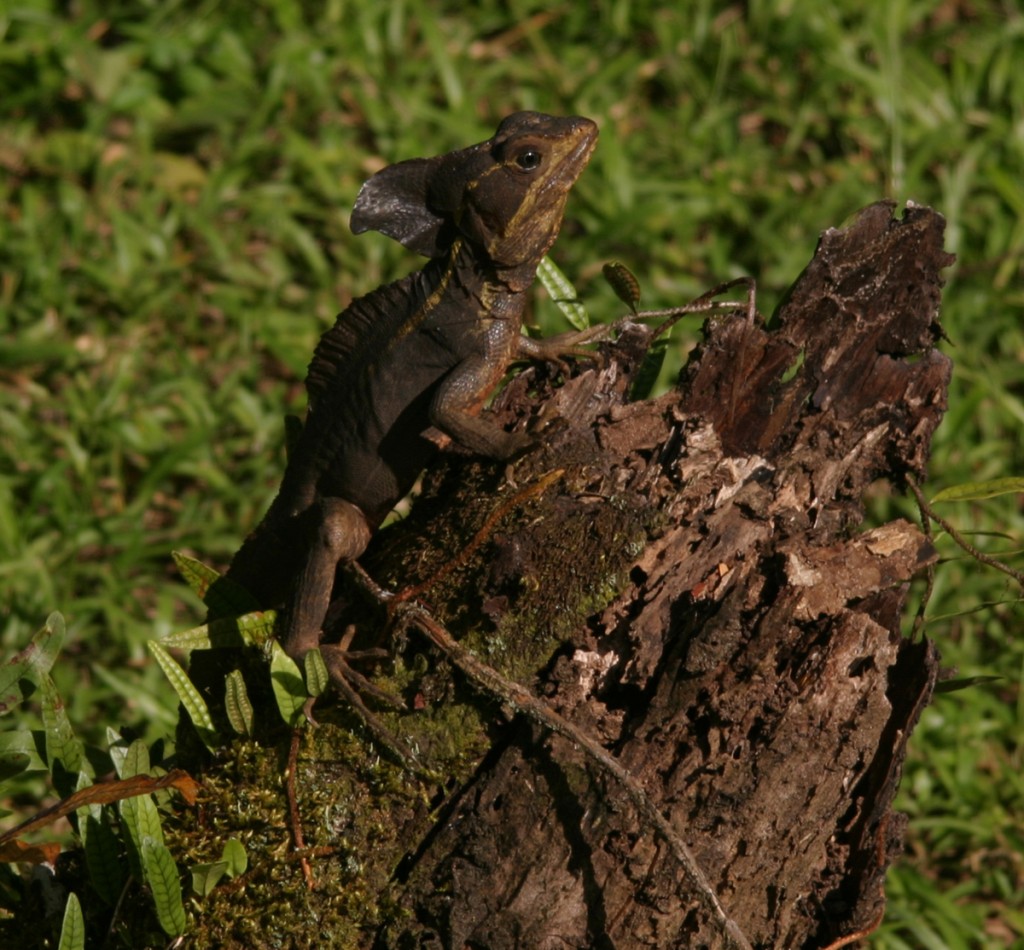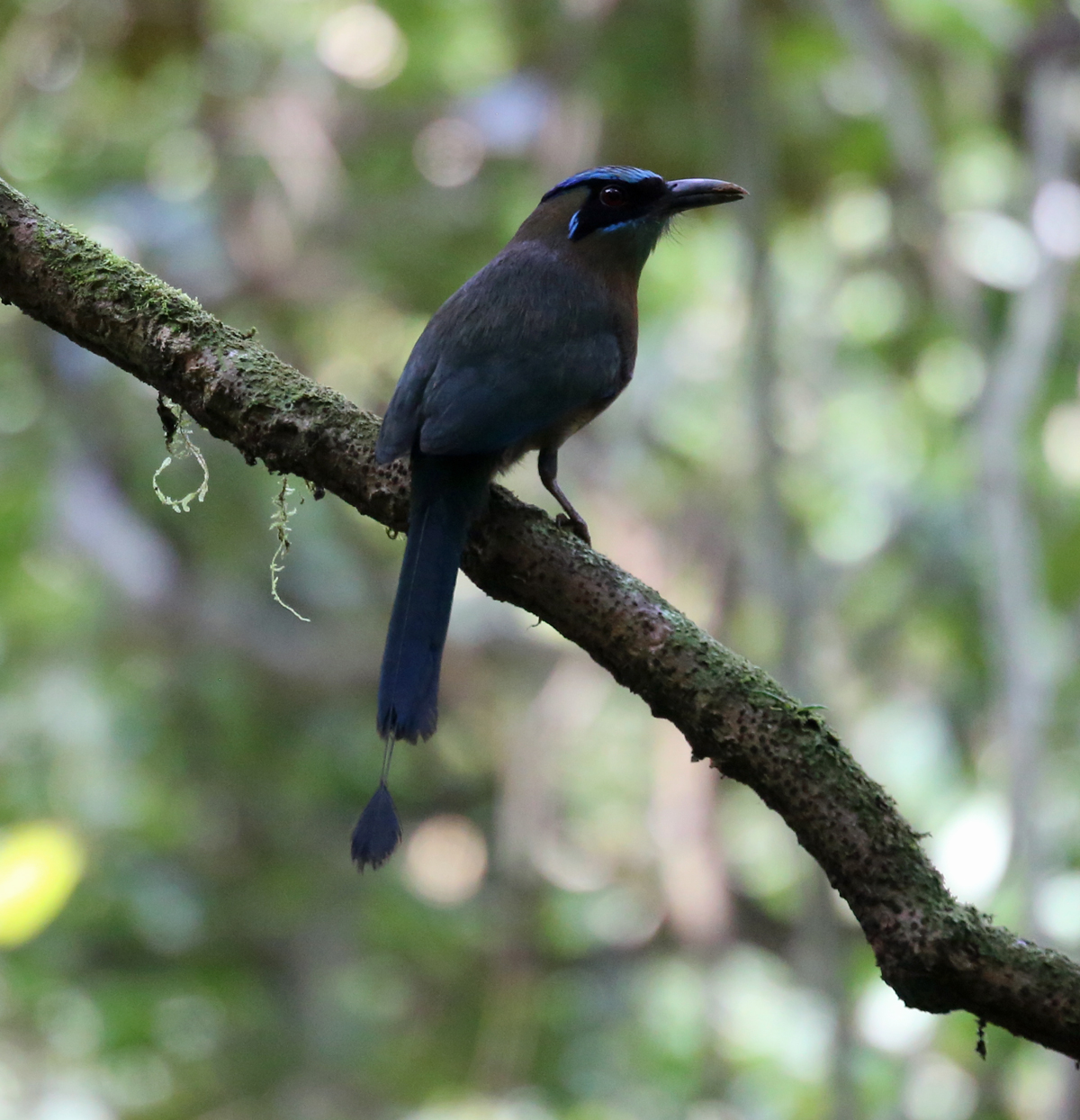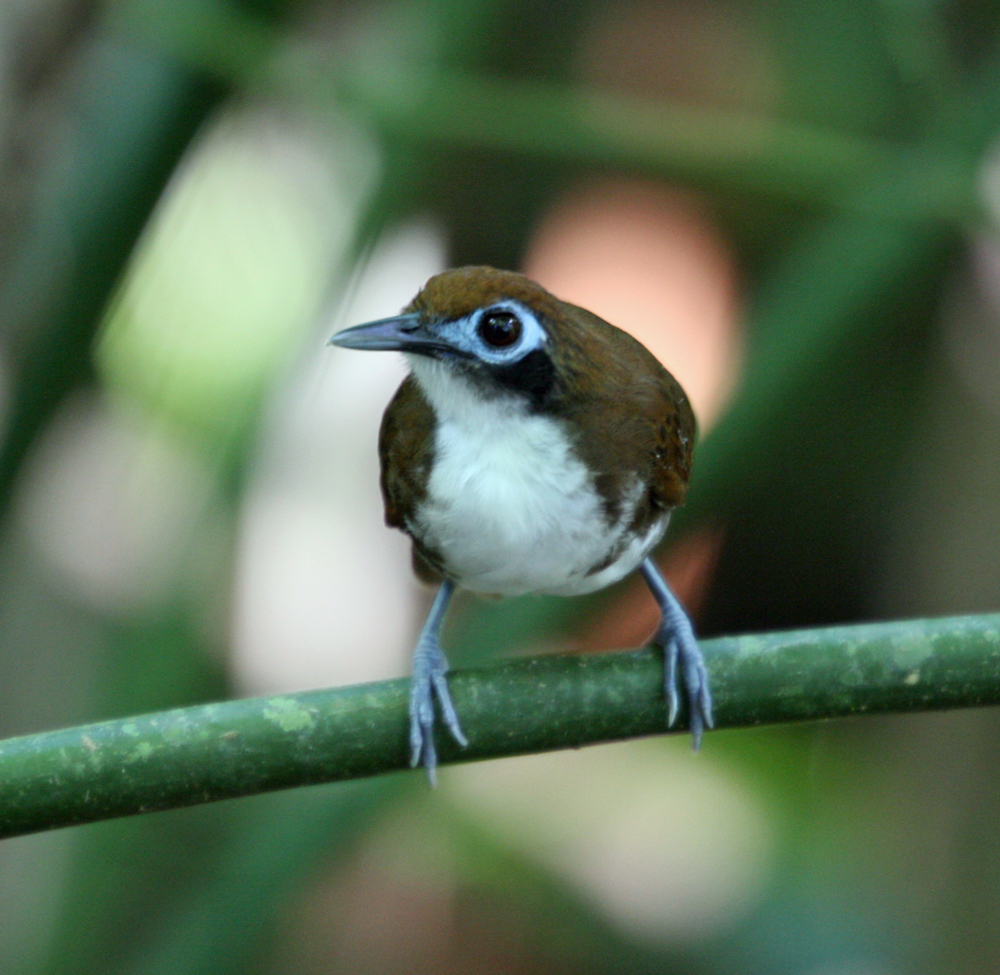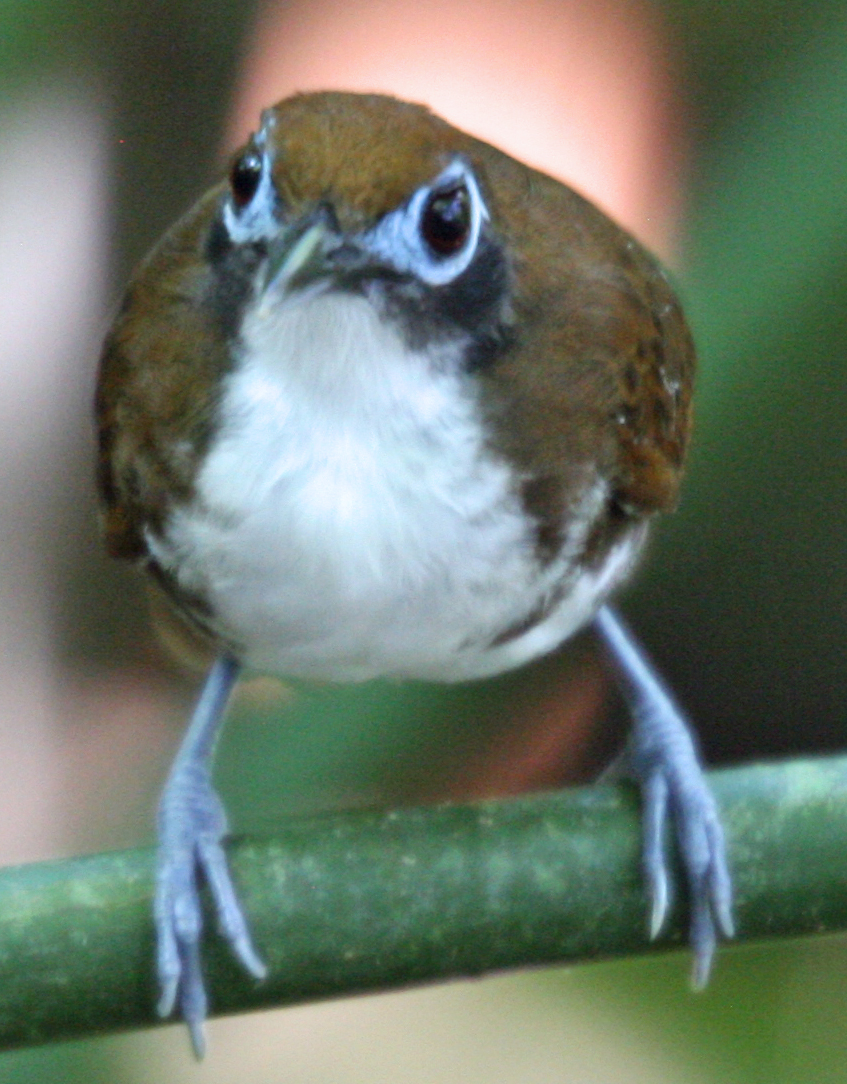The Green Page Moth (Urania fulgens), also called Green Urania, is commonly mistaken for a butterfly, but it is actually a diurnal moth. Every four to eight years there is a massive migration of these moths from the Osa Peninsula in the southwest, over the central plateau, to the Caribbean lowlands. This one was photographed on the Pacific side, in the Corcovado National Park.
All media is copyright costaricawildlife.net, 2013.
